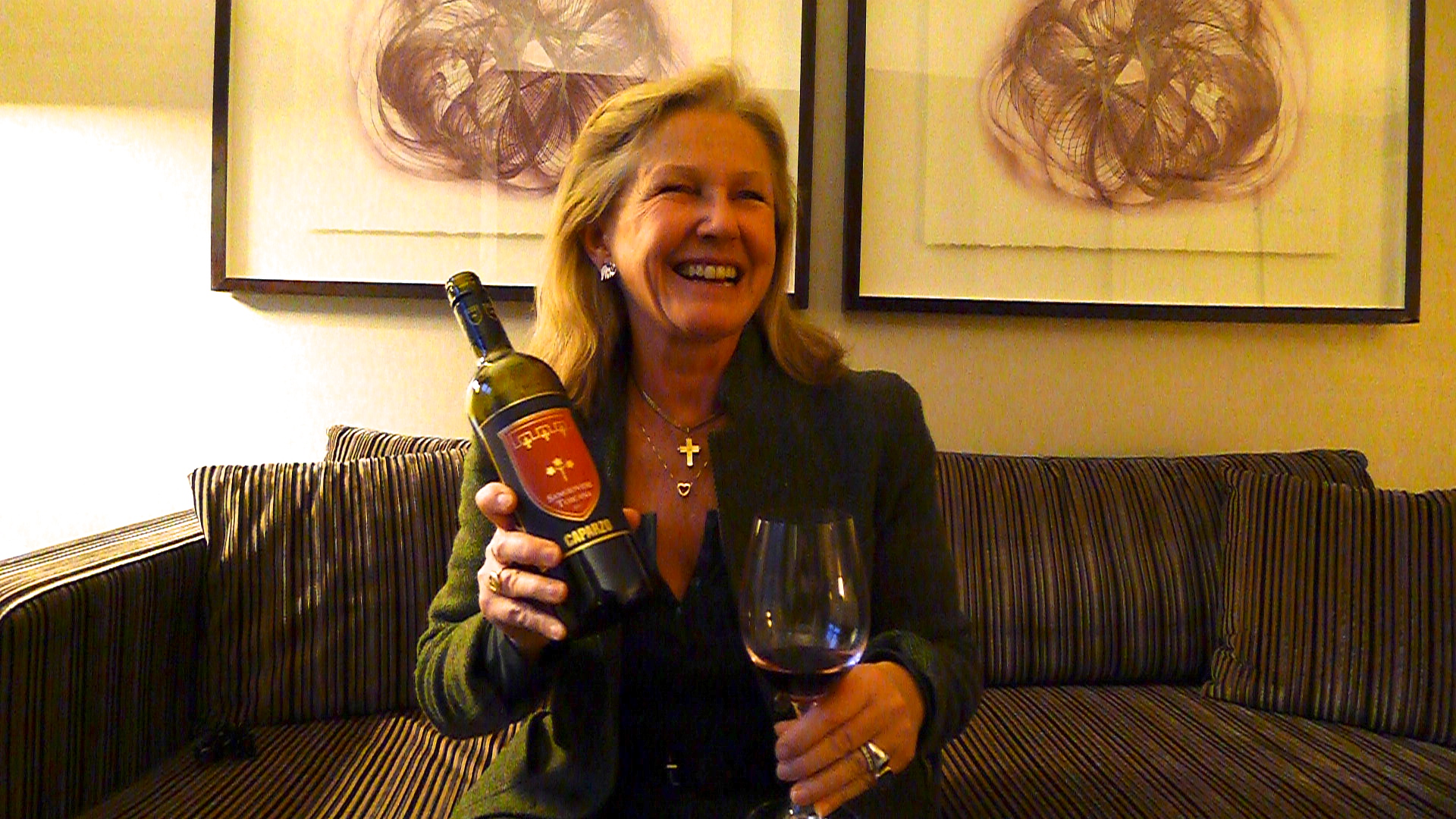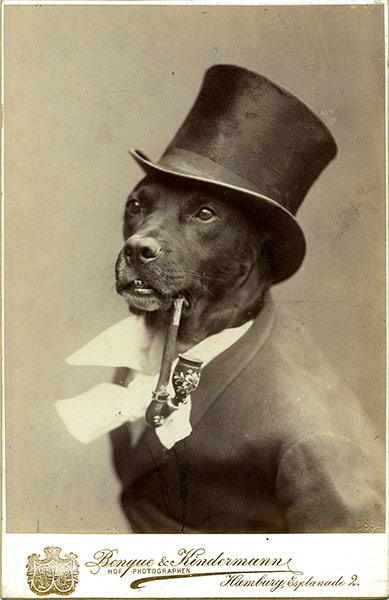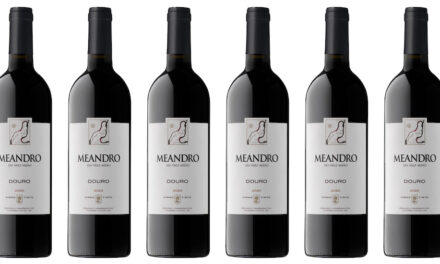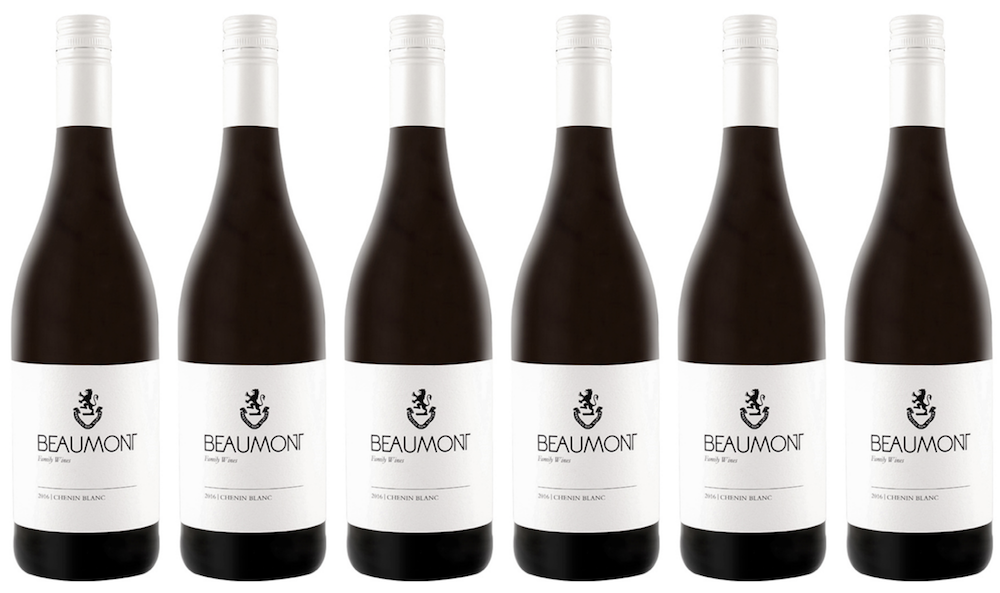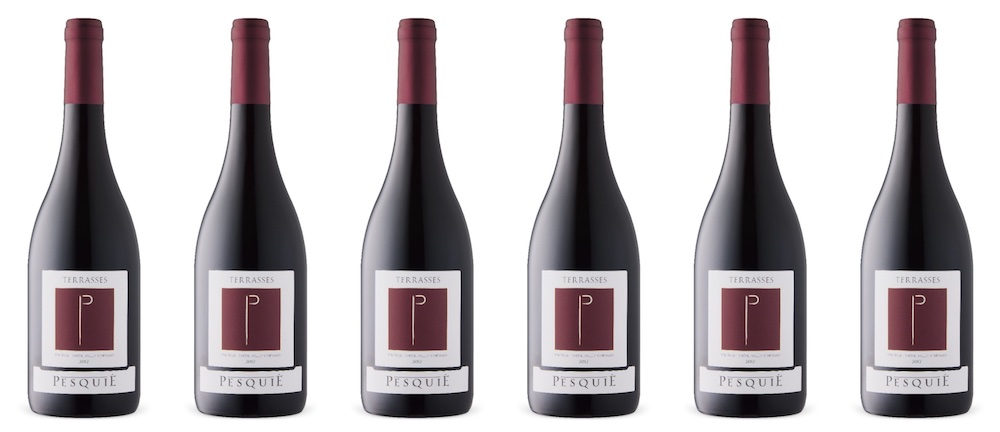
2019 Château Pesquié “Terrasses”, Ventoux Protégée AOP, Rhône Valley, France (Alcohol 14%, Residual Sugar 2.3 g/l) The Vine Agency $22.95 (750ml bottle)
I think it would be fair to say that I spent more (virtual) time with Ventoux winemaker Frédéric Chaudière of Château Pesquié than I did anyone else (bar my family) throughout the past 18 months of this pandemic; in many ways, his good natured chat and insightfulness (as well as his, quite frankly, delicious wines) helped me keep the Horatian black dog at bay during some of the darker days of lockdown.
With this in mind, I’d like to present perhaps one of the best value reds I have tasted in many a year, Frédéric’s “Terrasses” red, a stunning 60% Grenache, 40% Syrah Ventoux Protégée that delivers on every which level.
Pouring a beautiful deep ruby colour (the wonders of a 15 day maceration), this 2019 is a bit of a richer wine than I have tasted in previous vintages. As with all the Pesquié bottlings, there’s a freshness and vibrancy here that lifts the wine to a completely different level.
The alluring bouquet is one of ripe raspberries and strawberries with ground black pepper (Mmmmmnnnnn, rotundone) and delightful nuances of bresaola, freshly-tanned cowhide, and ethereal violets. On the palate the wine is brisk and lively, with juicy acidity and supple, rounded tannins framing an intense fruit core (black/red cherries) with hints of lavender, sage, and thyme. The finish is peppery and pleasingly persistent.
An absolute delight both on the nose and in the mouth, and at only $22.95, a truly stellar value purchase.
![]()
(Four and a half apples out of a possible five)
For a little bit of extra background on the Ventoux region, below is an in-depth interview I conducted with Frédéric for Somm360 earlier this year:
Somm360: Please tell us your name and your occupation/role?
FC: Frédéric Chaudière, President of the Ventoux AOP, winemaker and owner at Château Pesquié.
Somm360: Where is the Ventoux AOP located geographically?
FC: The Ventoux AOP is in the southeast of France and at the southeast of the Rhône Valley, at the border with the Provence wine region. The vineyards are at the foot of the Ventoux mountain which is nearly 2,000 m high, but we are only a little bit more than one hour north of the Mediterranean Sea.
Somm360: What kind of wines are made in the Ventoux AOP?
FC: The Ventoux has historically emerged as a red wine producing area. Still now, close to 60% is red, mainly Grenache/Syrah blends. That said, we have a strong tradition of rosés and they have been more than 30% of the production for over two decades. The whites are growing strong though, thanks to our limestone soils and our cooler climate. The Ventoux offers some of the fresher wine profiles of the southern Rhône.
Somm360: Historically, which grapes have been grown in your region?
FC: We have a strong tradition of blends and a large range of varieties. For reds, as mentioned above, Grenache and Syrah are by far the most-planted but we have many others that help us to craft the complexity of our wines: Cinsault, Mourvèdre, Carignan, Marselan, and Counoise. Regarding white varieties, Clairette is probably the most ancient, but Grenache Blanc and Roussanne (and a little bit of Marsanne) are also benchmarks of the area. Viognier and Vermentino are a little more recent arrivals to the Ventoux, but very interesting thanks to the bright expression they offer in the blends.
Somm360: How would you classify the varied soils of the Ventoux AOP and what do they bring to the region’s wines?
FC: In our toolbox, we might have an even larger range of soils that we have of varieties. When you look at the top of the Ventoux mountain, it always seems to be covered in snow, but it is in fact pure limestone. The limestone element is probably the most defining for our AOP. Still, limestones combine with clay, marls, sands, offering an incredible diversity to play with…
Somm360: And how are Ventoux’s particular climatic conditions?
FC: The Ventoux microclimate is really what confers to our vineyards such a strong identity. The direct influence of the mountain creates a sizable difference of temperatures between the warm days and the very cool nights. This cooler climate makes our AOP the latest-ripening area in the southern Rhône. In these days of global warming, this is one of the most precious assets to make great wine in the Ventoux.
Somm360: When it comes to viticulture, what would one find in Ventoux?
FC: The Ventoux is the only AOP set on two Natural Parks (Parc Naturel Régional). Our little area shelters more than 30,000 hectares of forests and a UNESCO biosphere reserve. As a consequence, growers and winemakers feel a strong responsibility towards their environment. Sustainable farming (HVE = Haute Valeur Environnementale) is currently booming and we should soon see more than 50% of the production certified. For organic farming the objective is to reach 25% of the vineyards by 2025.
Somm360: What are the biggest challenges winegrowers face in Ventoux, with regards to viticultural hazards and the like?
FC: Even if its impact has somehow helped the area overall, climate change is certainly the biggest challenge we are facing. This is certainly true for most vineyards all over the world. It is not only the heat and the lack of water that everybody imagines when we talk about global warming. It is the more extreme conditions in which we are now working. The effects of which are sometimes surprising… In 2017 for instance, the cycle of the vines started early as it was an early spring, but some unexpected frost struck at the end of April and some producers lost up to 50% of their crop.
Somm360: What has the Ventoux AOP done to mitigate this?
FC: We have commissioned two studies about our climate to the INRAE, a French scientific organization that specializes in agricultural matters. The idea was to understand very precisely our special climatic identity and get a clearer idea of what’s coming… We are still only scratching the surface but we are exploring many possibilities of adaptation through different varieties (Cinsault, Counoise, Mourvèdre for instance), new ways to prune and farm in general, how to optimize our water resources, etc.
Somm360: When it comes to vinification, what is typical for the region?
FC: Ventoux wines, as is the case for any Rhône wines, are wines of sun and pleasure. More specifically the wines from our AOP have a great freshness and a great balance. All the winemaking techniques should reinforce that identity. In my personal opinion, this means supporting the natural acidity, not extracting too much, and preserving the purity of the fruit.
Somm360: When it comes to regional gastronomic specialities, what is Ventoux known for?
FC: Muscat table grapes and cherries are the other great crops, but a few miles away, around Carpentras, it is an incredible garden and we have access to a wide diversity of fruits (strawberry, pear, apple, apricots, almonds, prunes, melons, etc.) and vegetables (asparagus, tomatoes, courgettes, etc.). The gastronomy is thus quite light and vegetarian in a way (you should taste the local ratatouilles!). We also have a little bit of goat cheese and wonderful pork from Ventoux!
Somm360: How do you feel the Ventoux AOP is perceived around the world today?
FC: The Ventoux has been perceived for decades as a terroir of fantastic value and it indeed offers amazing quality for the money. In the last years many influential journalists have started rating Ventoux wines above 95 points, which is very rare outside of Châteauneuf-du-Pape… I am of course partial, but I feel the growing reputation of Ventoux will make it one of the shining stars of tomorrow.
Somm360: Thank you so much for your time, Frédéric.



